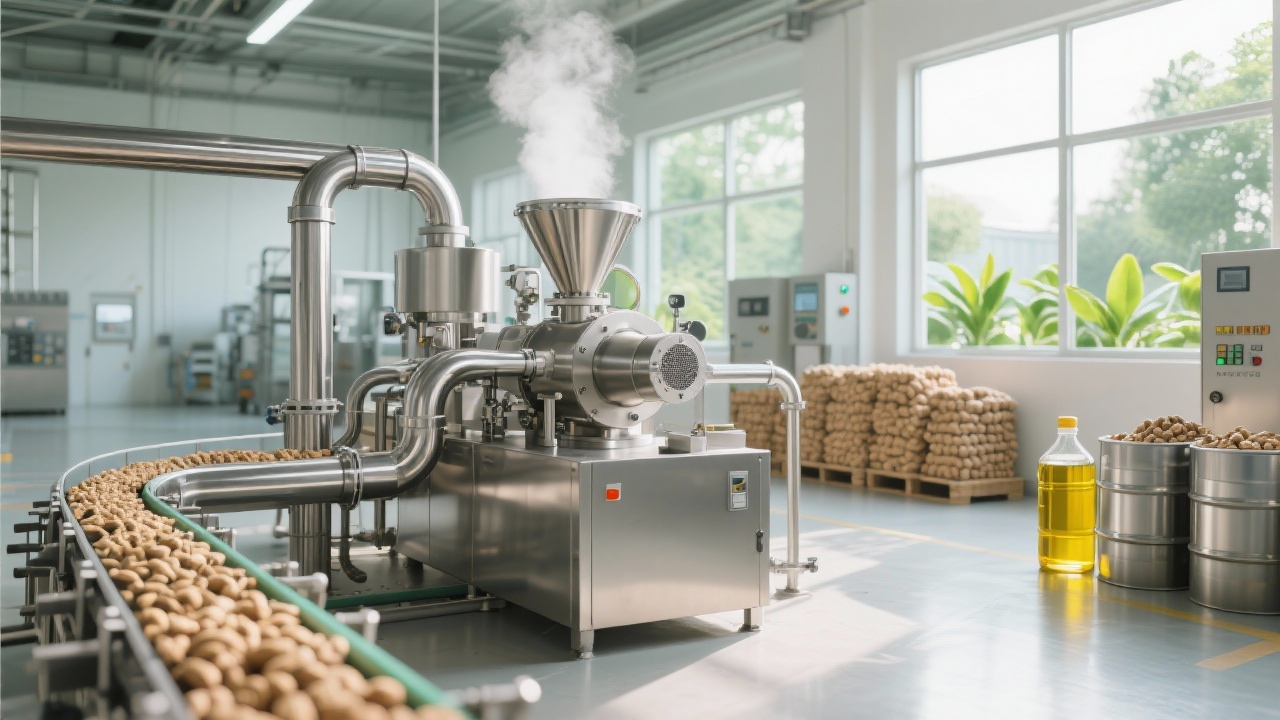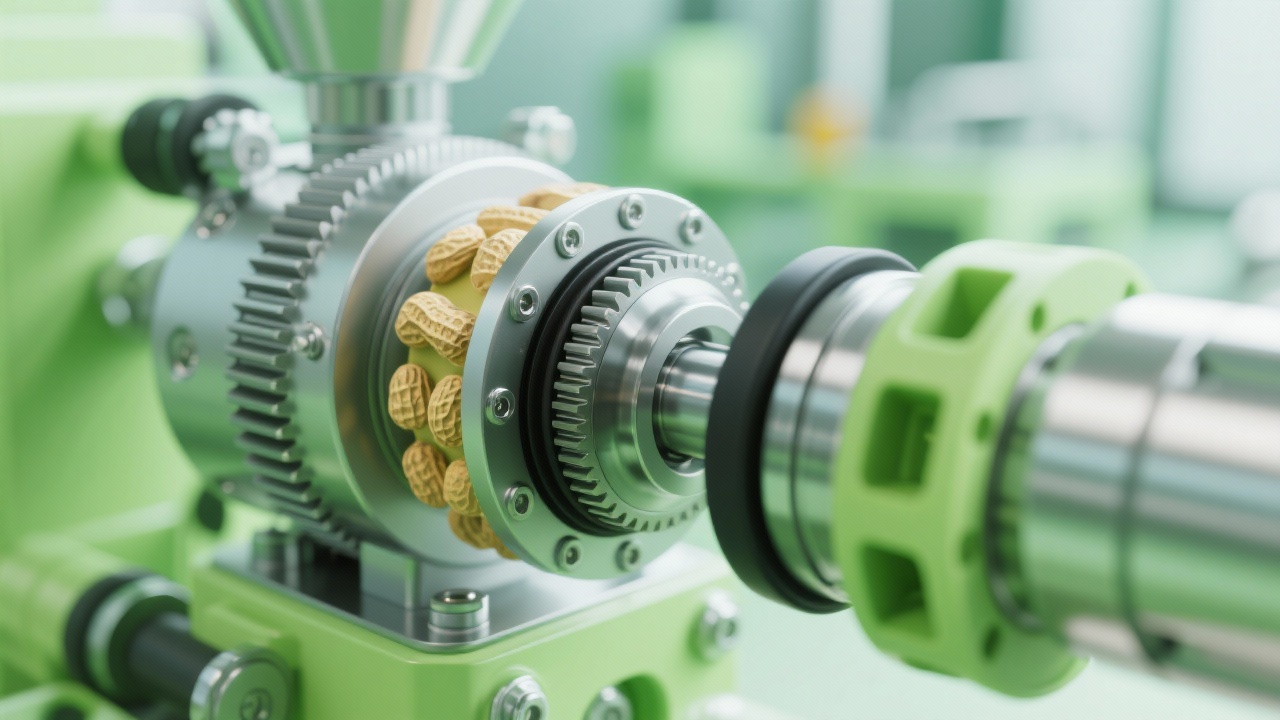
The global edible oil market is increasingly demanding superior oil quality with minimal off-flavors. Within soybean oil refining, the degumming and deodorization stages are pivotal in ensuring optimal oil clarity, stability, and sensory appeal. This article delves into the core techniques behind degumming and deodorization, from selecting the right degumming agents to the automation integration that drives consistency and operational efficiency. Backed by real-world data and technological insights, the content empowers soybean oil exporters and processors to elevate product standards and strengthen competitive positioning.
Degumming aims to remove phospholipids, which cause darkening and reduce oil shelf life if left untreated. Key parameters influencing degumming efficiency include phospholipid concentration, temperature management, and choosing the appropriate degumming agent. For instance:
| Parameter | Optimal Range | Impact |
|---|---|---|
| Phospholipid Content | 0.5%–1.5% | Excess phospholipids reduce the efficiency of neutralization downstream. |
| Temperature | 65°C–75°C | Maintains degumming agent activity; avoids excessive viscosity. |
| Degumming Agent Type | Acidic (Phosphoric) / Enzymatic | Phosphoric acid enhances phospholipid hydration; enzymes allow milder processing. |
Controlling these aspects ensures a degumming efficiency improvement of up to 20%, crucial for downstream neutralization and deodorization steps.
Neutralization balances pH and removes free fatty acids through alkali addition. Maintaining pH between 8.3 and 8.6 has been demonstrated to minimize soapstock generation, improving oil yield by approximately 1-2%. Precise alkali dosing is critical; typical caustic soda usage ranges from 1.5% to 2.5% of crude oil weight, adjusted based on acid value.
Soapstock Reduction Techniques:
Deodorization uses high-temperature steam distillation under vacuum to remove volatile compounds responsible for undesirable odor and flavor. Key parameters include vacuum level, steam flow rate, and heating temperature:
| Parameter | Optimal Range | Effect on Oil Quality |
|---|---|---|
| Vacuum Degree | 3–5 mmHg | Ensures efficient aroma compound removal, preventing thermal degradation. |
| Steam Flow Rate | 3–5% | Higher flow accelerates stripping of volatiles but requires energy optimization. |
| Heating Temperature | 190°C–210°C | High enough to volatilize off-flavors without compromising oil stability. |
Applying these parameters can reduce residual off-odor by up to 90%, significantly enhancing consumer acceptance.
Modern soybean oil refining lines utilize modular designs that streamline installation and minimize commissioning times by 30%. Fully automated systems integrate precision sensors for real-time monitoring of temperature, pH, and vacuum, enabling adaptive control that stabilizes output quality.
Automation also improves operator safety by reducing manual chemical handling and allows for predictive maintenance, minimizing downtime. Such systems adapt flexibly to capacity changes from 5 to 50 tons per day, making them suitable for both midsize and large-scale exporters.

A leading overseas soybean oil producer integrated this advanced degumming and deodorization solution, realizing:
These enhancements directly contributed to strengthened export volumes and improved brand reputation in premium markets.

A streamlined process flow is essential to maintain high throughput and quality assurance. The infographic below illustrates the critical stages—starting from crude soybean oil feedstock, through degumming, neutralization, bleaching, deodorization, and final filtration.

Leading exporters and refiners are invited to explore how our fully automated soybean oil refining equipment has empowered over 30 factories worldwide to achieve complete degumming and deodorization upgrades. Unlock higher oil quality, reduce off-flavor challenges, and enhance your global competitiveness starting today.

